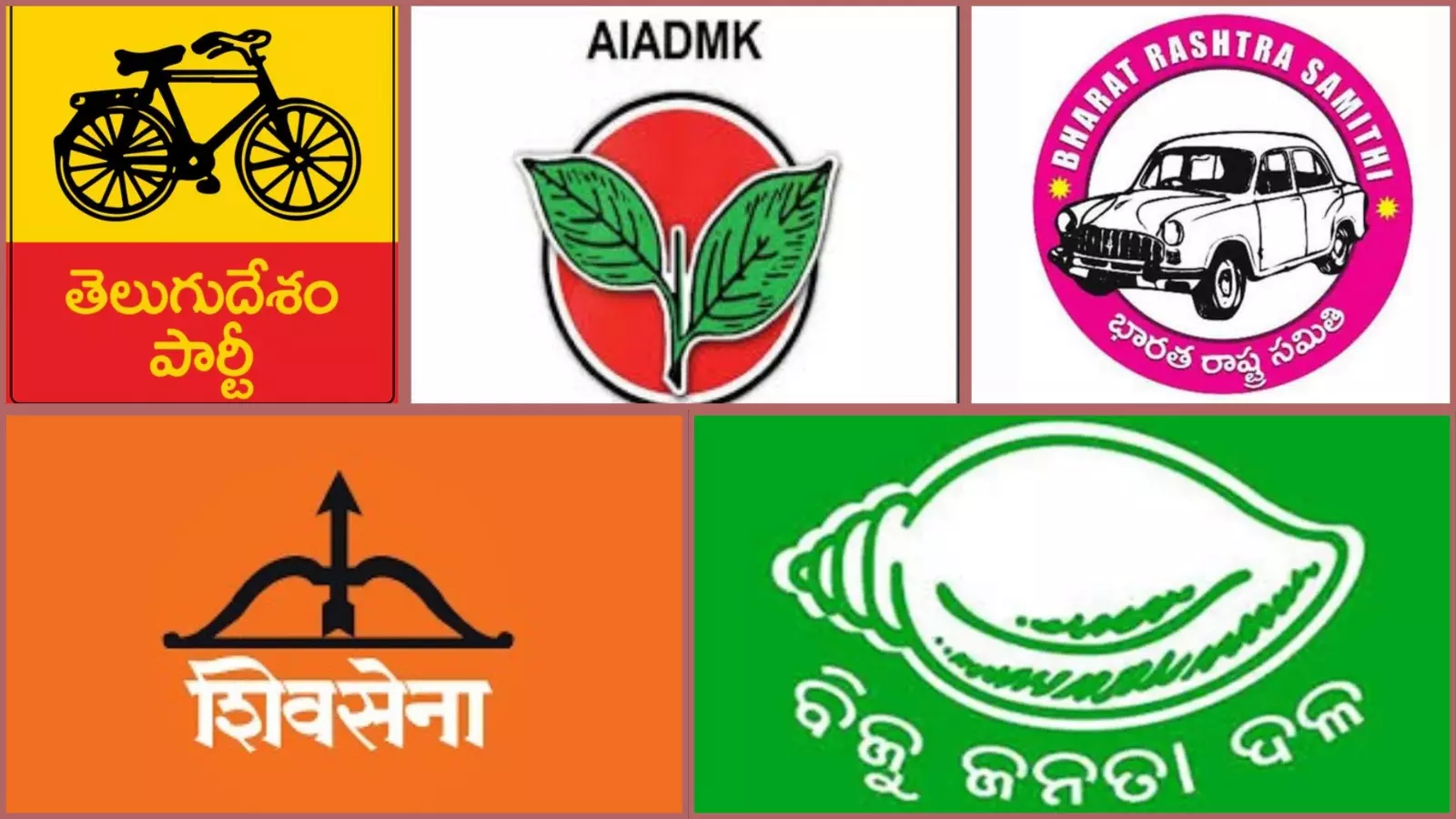Rise of Regional Parties of India

Political parties in India are registered with the Election Commission and can be recognized as national or state parties based on their performance in elections. Regional parties are those that focus on a particular region's needs and interests. India's party system has evolved over time. From 1952 to 1964, the Congress Party was dominant, but regional parties began to grow in the following years. The Janata Party's win in 1977 marked the emergence of a multi-party system. Since 1989, coalition governments have become the norm due to the rise of regional parties.
Evolution of regional party system in India :
1952-1964: One-party system under Congress rule. The Congress Party was like a big umbrella that accommodated various ideologies and interests. Regional parties were weak and acted more like pressure groups.
1964-1977: Uneasy transition. The death of Nehru and the 1967 elections challenged Congress dominance. Regional parties grew stronger, and Congress faced internal power struggles. Indira Gandhi declared a state of emergency in 1975.
1977-1980: Multi-party system emerges. A coalition government led by the Janata Party came to power, but internal ideological differences led to its fall. Congress regained power in 1980.
1980-1989: Center-state tussle. Congress faced off against newly emerged regional parties at the state level. Regional parties became more assertive in national politics.
1989-2024: Multi-party system and coalition politics. The rise of regional parties and decline of Congress led to an era of coalition governments. This period had both advantages and disadvantages:
Advantages:
Empowered regional parties and regional interests
Promoted federalism
Protected minorities
Disadvantages :
Policy paralysis due to coalition compulsions
Short-lived coalitions
High costs due to frequent elections
Focus on caste and community-based vote banks
2014-present: Resurgence of a one-party system? The BJP won a majority in 2014 and 2019, but the government still includes alliance parties. Regional parties are now more focused on cooperative bargaining with the central government regarding financial issues and center-state relations.
Important regional parties of India
All India Anna Dravida Munnetra Kazhagam (AIADMK): A party based in Tamil Nadu.
Biju Janata Dal (BJD): A party based in Odisha.
Shiv Sena: A party based in Maharashtra.
Bharat Rashtra Samithi (BRS): A party based in Telangana.
Telugu Desam Party (TDP):A party based in Andhra Pradesh.
Overall, regional parties have become an important part of India's democracy. They reflect the country's diversity and play a crucial role in national integration and nation-building.

